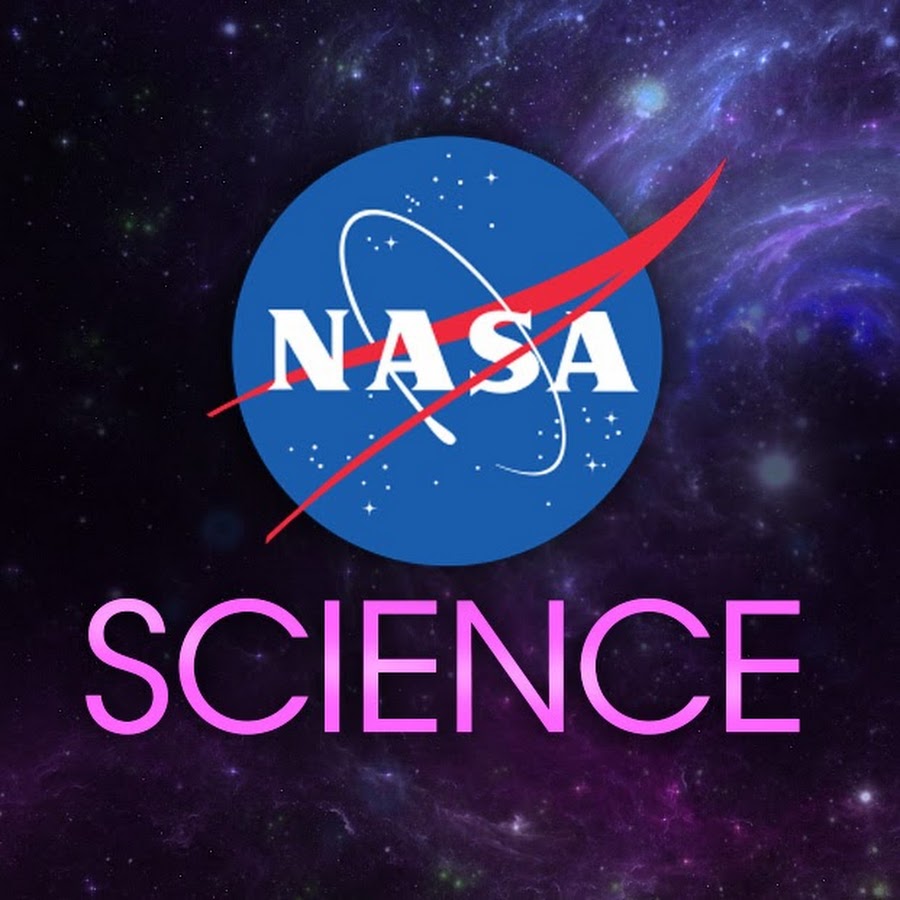What’s Up for September? Your Personal NASA Guide to the Night Sky
What’s up for September? Venus returns to the morning sky, the Harvest Moon, and dark sky observers can look for zodiacal light! After brightening our evening skies for most of this year, Venus has now switched over to being a morning sky object. Look for the superheated, cloud-covered planet as a bright beacon in the eastern sky before sunrise throughout the month. The full moon on Sept. 29, also known as the Harvest Moon, will be the fourth and final supermoon of the year. As we mentioned last month, supermoons are full moons that occur when the Moon is near the closest point in its orbit around Earth. On cool, moonless September mornings before dawn, you might have an opportunity to search for the zodiacal light. It’s a triangular or cone-shaped pillar of faint light that stretches upward from the horizon, and it’s easiest to observe around the time of the equinoxes in March and September. Skywatching Tips & Guides
This Week at NASA
Space Station Crew Members Focused on In-Orbit Handover–Aboard the International Space Station, four new crew members are adjusting to their first week orbiting Earth. Meanwhile, another quartet of flight engineers is preparing to end their six-month stay in space. Eleven crew members from five countries are living and working together on the orbital outpost as two of its crews are in the middle of swapping places. The station crew will fall back to seven members no earlier than Sept. 3 when the SpaceX Dragon Endeavour is due to return four flight engineers, who have been in space since March, back to Earth. Read the Commercial Crew Blog
OSIRIS-REx Team Ready for Asteroid Sample Delivery–A team led by NASA in Utah’s West Desert is in the final stages of preparing for the arrival of the first U.S. asteroid sample – slated to land on Earth in September. A mockup of the OSIRIS-REx sample capsule was dropped from an aircraft and landed at the drop zone in the desert outside Salt Lake City. This was part of the mission’s final major test before the arrival of the capsule on Sept. 24 with its sample of asteroid Bennu, collected in space almost three years ago. View Rehearsal Photos
How Will the Lunar Reconnaissance Orbiter Prepare Artemis Astronauts?–As astronauts prepare to head back to the Moon for the first time since 1972, they have been trained on how to identify landmarks, spot geological features, and help mark areas of interest for future landings, all using data gathered by one of the agency’s premiere robotic missions: the Lunar Reconnaissance Orbiter.
Updates on Psyche Asteroid Mission and Optical Communications Demo–On Wednesday, Sept. 6,* the agency will host a news conference to discuss the upcoming Psyche mission, which will be its first to visit a metal-rich asteroid. Riding along with Psyche is a laser transceiver for the Deep Space Optical Communications technology demonstration, which will aim to demonstrate high-bandwidth communications in deep space for the first time. The event will air live on NASA Television. *This update may move to another time depending on the time of the return of NASA’s SpaceX Crew-6 mission. Please check nasa.gov/live for updates. What is Psyche?
Guy Bluford, the First African American in Space In this image from Sept. 5, 1983, Guion “Guy” Bluford checks out the sample pump on the continuous flow electrophoresis system experiment (CFES) in the middeck of the Earth-orbiting space shuttle Challenger. Forty years ago, he launched from NASA’s Kennedy Space Center in Florida, becoming the first African American to fly in space. Bluford was a member of NASA’s “Thirty-Five New Guys” – the 1978 astronaut class, which had the first African American, the first Asian American, and the first women astronauts. During the STS-8 mission, the crew deployed the Indian National Satellite INSAT-1B, operated the Canadian-built Remote Manipulator System with the Payload Flight Test Article, operated the CFES, conducted medical measurements to understand biophysiological effects of spaceflight, and activated four “Getaway Special” canisters. STS-8 completed 98 orbits of the Earth in 145 hours before landing at Edwards Air Force Base, California, on Sept. 5, 1983.
James Webb Space Telescope
The James Webb Space Telescope has begun the study of one of the most renowned supernovae, SN 1987A (Supernova 1987A). Located 168,000 light-years away in the Large Magellanic Cloud, SN 1987A has been a target of intense observations at wavelengths ranging from gamma rays to radio for nearly 40 years, since its discovery in February 1987. New observations by Webb’s Near-Infrared Camera provide a crucial clue to our understanding of how a supernova develops over time to shape its remnant. Credits: NASA, ESA, CSA, M. Matsuura (Cardiff University), R. Arendt (NASA’s Goddard Spaceflight Center & University of Maryland, Baltimore County), C. Fransson
